Halloween means pumpkin spiced everything, fun costumes, and of course scary movies. I spoke to Matt Donato, Associate Editor for We Got This Covered, about how special effects and technology contribute to making you jump out of your seat when watching a horror film.
What makes a good scary movie?
There’s one simple constant that makes a good horror movie – fear. The whole reason I watch horror movies is to get a good scare. No matter what method a horror movie might choose, whether it be a zombie movie, creature feature, vampire flick – anything – if there’s no fear present, then something is wrong. A good horror movie has to be smart, respectful of its audience, atmospherically tense, original, and everything else, but most importantly, it’s got to be scary. The good thing is directors are finding more and more ways to achieve scares, be it found footage filmmaking or wild monster creations, as technological advancements are opening doors that lead to entirely new realms of horror. Show me something fierce, confident, spine-tingling and fresh.
What are the elements behind making blood and gore look real?
Horror movie effects are tricky beasts these days because new developments in animation are starting to be used just as frequently as old-school practical effects, but it’s also a very exciting time for filmmakers. Directors didn’t always have this option, as practical effects were all that existed. This would simply entail special effects warehouses being called upon to create whatever prop a scene called for, be it an exploding corpse or graphic zombie bite, and the director would have to figure out a filming method that wouldn’t obviously reveal the prop’s fake nature. Now filmmakers have the option to go into a scene and digitally remove things or cover up imperfections using CGI, giving filmmakers more freedom.
There’s no substitution for a killer practical effect if you ask me though, as movies like The Thing still stand up against today’s biggest horror blockbusters. John Carpenter worked with Rob Bottin and Stan Winston to create astounding monsters that were lightyears ahead of other early 80s horror films, aided by nothing but superior crafstmanship. You look at what effects gurus like Tom Savini and Greg Nicotero have been able to create over the years – their brutal, bloody masterpieces – and you just have to admire how easily they’re able to turn nightmares into reality.
Now you can do anything digitally, but what some movies mistakenly think is that practical effects aren’t needed because computers can just add the gore in post-production. Some of the worst horror effects I’ve seen recently can be tied back to cheap, shoddy animation work that stands out like a sore thumb. You just can’t substitute physical fake blood with an animated iteration, as it’s obvious to the viewer. Digital animation is great for touching up practical effects, but when used incorrectly, really takes away from the fun of squeamish practical effects. To get the most realistic result, a blend of practical and digital effects have to work harmoniously together – or just go all (well, MOSTLY) practical like Fede Alvarez did for his Evil Dead remake and create the most gruesome effects imaginable. Like I said, nothing beats expertly crafted practical effects.
Lighting plays a big part in setting the mood in horror movies. How do moviemakers use lighting to create suspense and scares?
Lighting is HUGE for horror movies. Think back to when you were a small child – I’m sure you owned a nightlight, right? Everyone is afraid of the dark at some point because that’s where the meanest, nastiest monsters can hide without being seen. Horror movies love manipulating darkness because they can hide creatures and have them emerge in the most dramatic fashion. How many times has a horror villain burst from the shadows and scared the daylights out of viewers? A cloaking darkness makes for grander reveals and bigger scares. Darkness is a horror movie filmmaker’s best friend, and with found footage movies we now have even more ways to play with darkness via night vision mode, only making our fears of the dark that much more sensible.
What kinds of sound effects are typical for a horror movie and how are they created?
I think if I had to do any type of production work on a horror movie, I’d definitely choose being a sound effect technician. These guys and gals are tasked with recreating sounds for the film through any means necessary, playing around with different materials in order to do so. For example, if there’s a horse walking on screen, chances are you’re hearing someone clap together to coconut halves to replicate that sound. I know in horror movies there are a lot of “splatter” sounds when someone cracks into a zombie’s head or something of that nature, and a popular method for achieving that sound is actually smashing rotten fruits and vegetables. Yup, someone is dropping rotten cantaloupes and stabbing watermelons with screwdrivers to recreate the sound of Ghostface’s knife stabbing into another high school victim. It sound so silly, but that’s still how they do it!
Makeup and costumes are vital to creating scary characters such as Freddy Kruger. What makes these elements important to horror movies?
The importance of these elements is pretty basic – in order to fear something, you have to believe it. Makeup artists are tasked with transforming an actor into a character so that we forget there’s a person under that heavy coating of makeup. If Freddy Krueger didn’t look the part, all his nightmare dwelling antics would have been pretty forgettable, and he certainly never would have achieved his iconic status. A horror character’s look is equally as important as the actor’s performance, because in order to become a monster, you first have to look the part.
How has CGI helped create monsters scarier in recent years?
CGI has been doing wonderful things for the monster movie genre. I don’t think CGI helps as far as details are concerned, because I’ll again say that 1982’s The Thing still stands up against mainstream horror movies with today’s technical advantages. What CGI has done is give filmmakers easier methods of creating these gigantic creature movies like Cloverfield, and really scale the monster against tiny ant-sized people. Watching Cloverfield in theaters, you could really appreciate just how large the monster was, and holy cow did it look amazing. Movies like Trollhunter and Godzilla do the exact same thing, crafting massive beasts that make us feel wholly insignificant. CGI allows for monsters to be bigger without much effort, as Toho’s method of putting a man in a Godzilla costume can’t exactly pass as acceptable these days.
How have horror movies evolved since the technology is so much more advanced than just a few decades ago?
For better or worse, horror movies have evolved to become much sleeker with new advancements in special effects. If you look back at some older slasher movies, you’ll notice how much rougher of a cut filmmakers settled upon because practical effects could only go so far. There’s also a lovable characteristic to cheesy character effects though, looking back on movies like Night Of The Creeps and laughing coyly off at obvious shots of mannequins with alien slugs crawling out their mouths. Practical effects have an undeniable charm, but technological advancements have made it easier to perfect practical effects in the digital stage, coming together in a way that creates a picturesque experience. If anything, the CGI work is a post-production safety blanket, but it’s a shame that some see terrible animation as a clear replacement for practical effects. Going the CGI rout can sometimes be cheaper, but there’s a reason for that – practical effects will ever be replaces, only improved upon.
Want to keep the scares going? Check out these accurate sci fi movies that could really happen and some creepy science experiments.

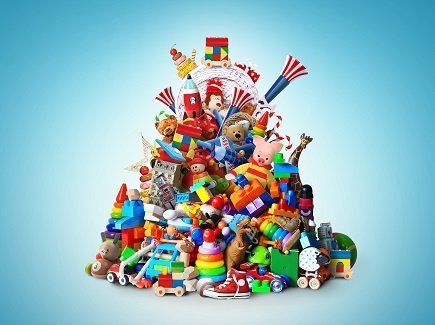
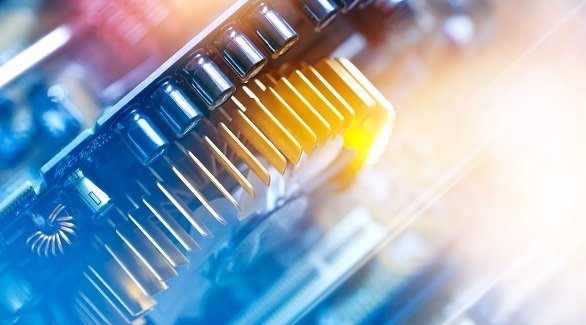
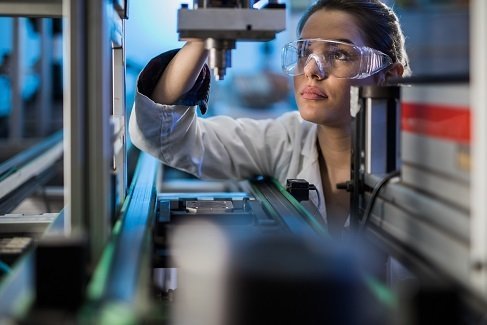
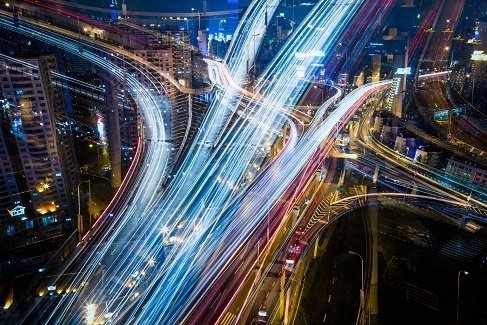
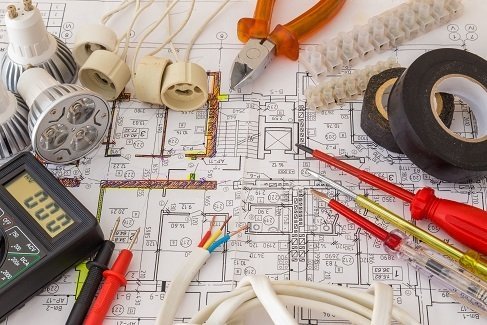
Leave A Comment
You must be logged in to post a comment.